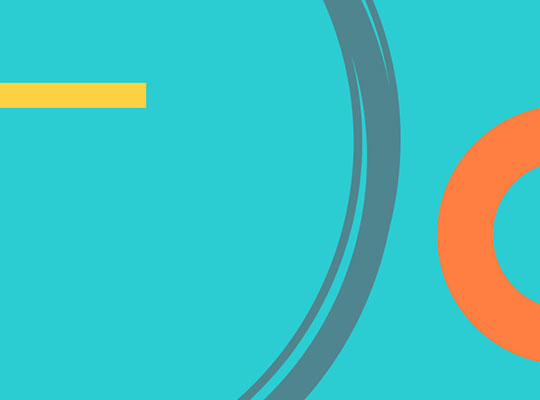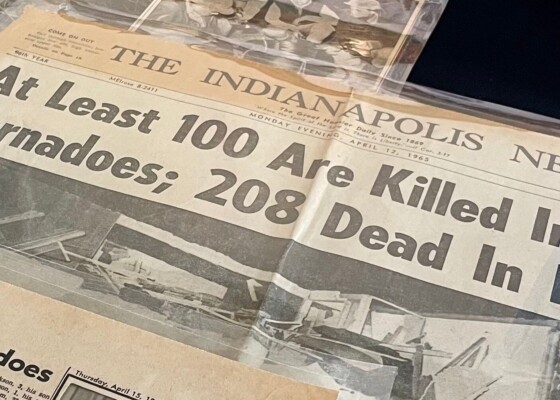Five Things We Learned During Our Field Trip to the Indianapolis Zoo
August 28, 2017On Aug. 25 we led a Quantum Leap Field Trip to the Indianapolis Zoo. We’re still thinking through the implications of everything we learned about what does (and doesn’t) separate…
On Aug. 25 we led a Quantum Leap Field Trip to the Indianapolis Zoo. We’re still thinking through the implications of everything we learned about what does (and doesn’t) separate humans and animals. Here are five of our top takeaways:
1. For a long time, we’ve obsessed about what differentiates humans and animals, but does it really matter? Dr. Rob Shumaker, an evolutionary biologist who doubles as director of the zoo, kicked off our lunch discussion with this provocative question. It was the kind of de-centering question threaded throughout the day.
2. Getting up close and personal with animals changes your perspective on their capabilities. Meeting Tombi the elephant while learning how elephants grieve, or seeing Katy the orangutan deftly identify symbols, made us think back to a quote from the opening poem “Very Large Moth”: “a creature so solid must have room for a soul.”
3. The zoo isn’t just a fun place to learn about animals, it’s also a place where serious scientific research is happening.Indianapolis Zoo leaders foresee a future where zoos specialize on a few animals and conduct meaningful research about their behaviors—like what we saw at the Simon Skjodt International Orangutan Center.
4. Future zoos will also be leaders in the international conversation about conservation and the impacts of human-created climate change. Here in Indianapolis, this is already happening; the Indianapolis Prize, awarded every two years, is the world’s leading award for animal conservation. Learn more about upcoming Prize-related events here.
5. At the end of the day, perhaps we’ll never know what it’s like to be a bat. In our readings and exploration, we considered how bats, wrens, dolphins and other animals possess extraordinary intelligences—but their “acts of genius,” like echolocation or nest-building, are so different than ours, it can be difficult for humans to recognize them. Writers like Kenneth Burke and Thomas Nagel, though, challenge us to try.
See photos from the day here. Thanks to our partners at the Indianapolis Zoo, without whose creativity and generosity we couldn’t have created this one-of-a-kind field trip. Thanks especially to Dr. Rob Shumaker and to Caitlin Smith, of University of Notre Dame, for facilitating incredible conversations that combined science and the humanities.
We hope to see you at future Indiana Humanities Quantum Leap events, including our next Field Trip at the Indiana Dunes.

